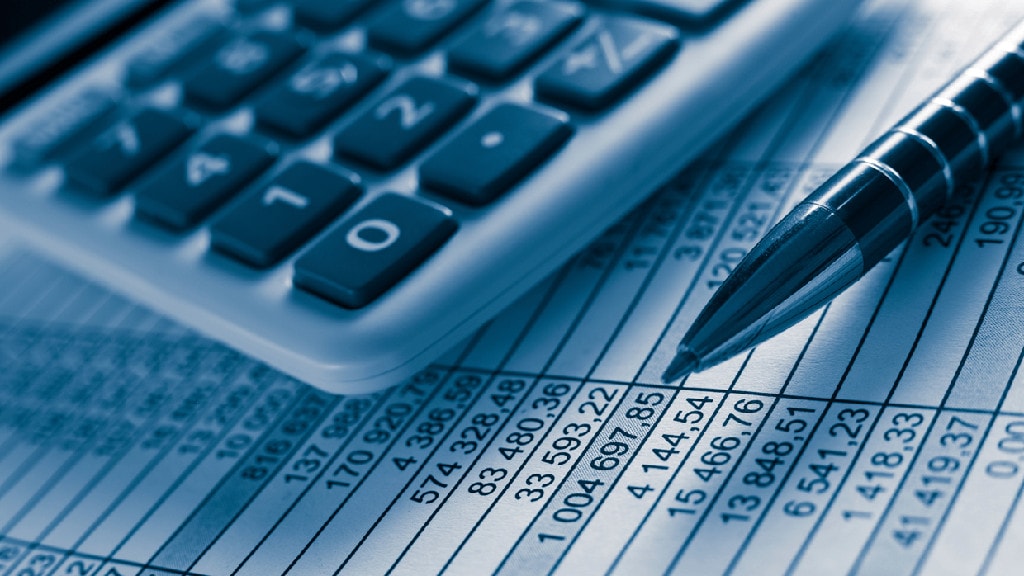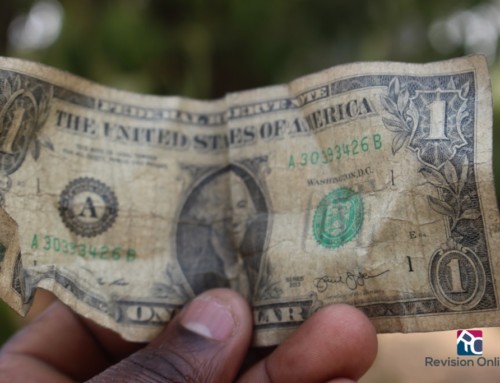Cambridge IGCSE Accounting(0452)/O Level Principles of Accounts(7110) Notes: Preparing a Trial Balance
- As already said a trial balance is extracted from the ledger accounts by listing all the credit and debit balances that are in the entity’s books at the end of each trading period.
- The following steps are involved in the extraction and preparation of a trial balance:
- For each account in the business’s books e.g. Cash Account, Capital Account etc:
- If the total for credit entries is larger then subtract the total of debit balances from the credit total.
- Place the difference into the credit column of trial balance.
- If the total for the debit entries is larger then subtract the total of the credit balances from the debit total and place the difference onto the debit side of the trial balance.
- If the debit and credit sides of an account are equal then the account will not appear in the trial balance.
- The above procedure is known as balancing accounts.
- Once you have done this for all the accounts in the business’s books add all the items in the debit column and put the total underneath the column.
- Obtain a total for the credit column as well and write it down.
- By convention the Debit column is onto the left and the credit column to the right when you prepare a trial balance.
- Also by convention only the totals of Trade Creditors and Trade Debtors are shown in the Trial Balance instead of showing each account and its balance see an example of how to obtain these figures here
| Description/Details | DR | CR |
| Purchases | XX | |
| Sales | XX | |
| Capital | XX | |
| Rent Payable | XX | |
| Rent Receivable | XX | |
| Loan | XX | |
| Land and Buildings | XX | |
| Motor Vehicle | XX | |
| Debtors/Accounts Receivable | XX | |
| Creditors/Trade Receivables | XX | |
| Cash at Bank/Bank | XX | |
XXX | XXX |
To access more topics go to the Principles of Accounts Notes page.






